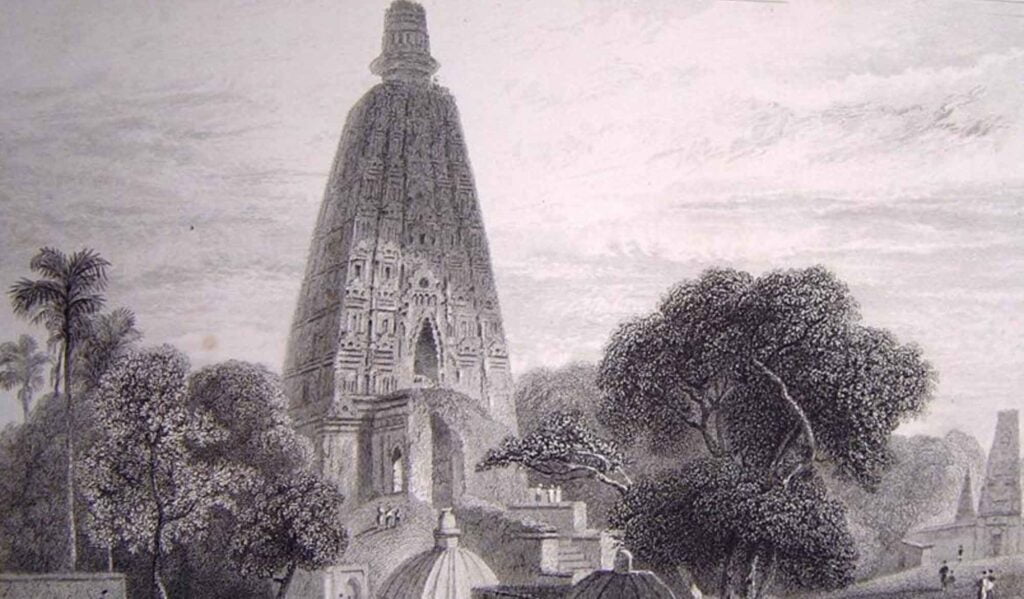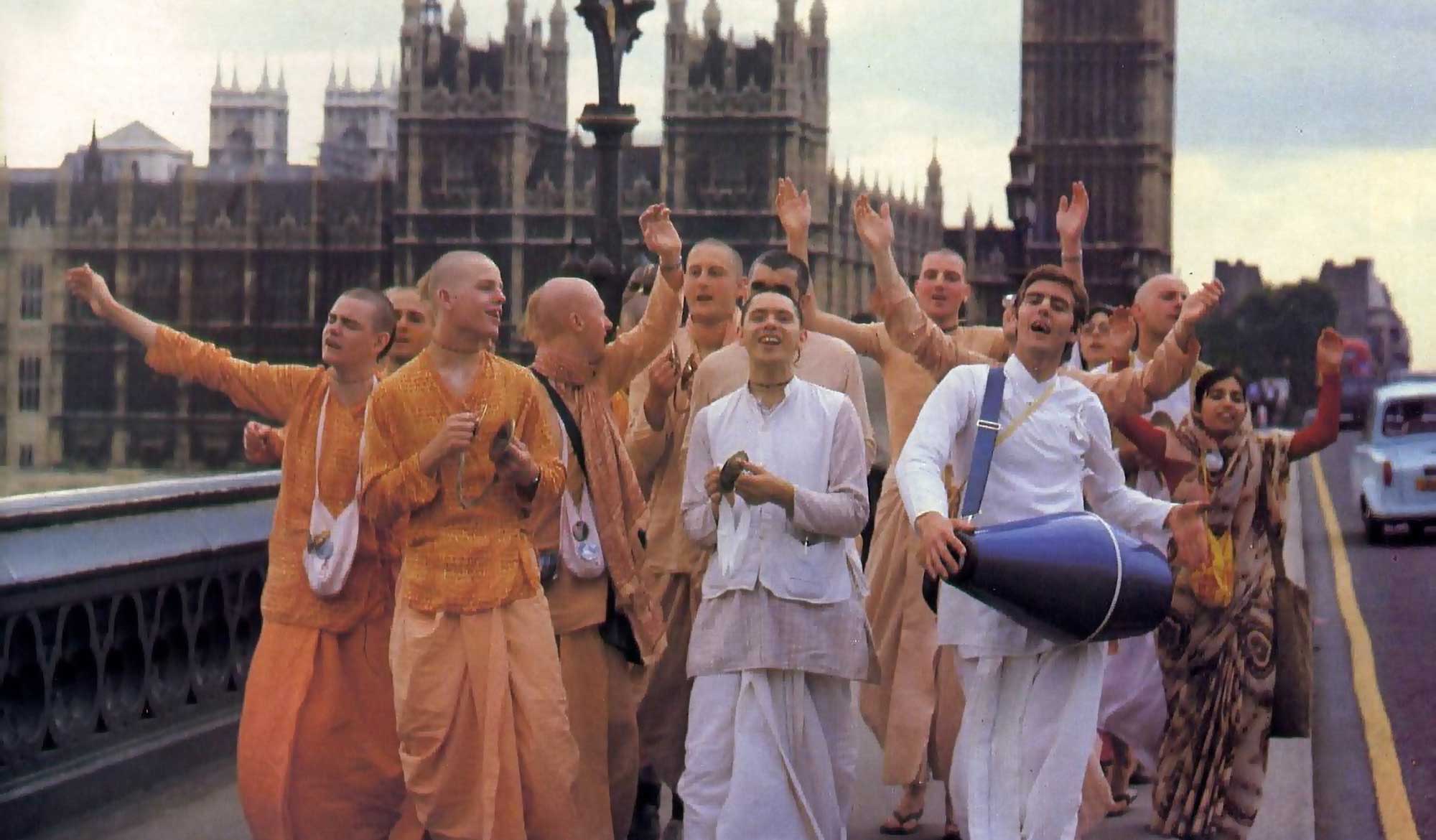Overview
This article, 'Hindu' was written by Bhaktivinoda Ṭhākura in 1874 for the Ananda Bazar Patrika newspaper. Bhaktivinoda discusses the origins of the word 'Hindu' and explains why it was not used in the Vedas, Purāṇas etc.
(translated by Swami B.V. Giri)
For a long time there has been a debate in the community of paṇḍitas over the origin of the word ‘Hindu.’ Some say it stems from the river Sindhu, some say from the Hindu Kush mountains, some say the origin of the word ‘Hindu’ is from the word indu. Others say that out of hatred, the Yavanas call us Hindus. Some panḍitas have quoted this śloka from the Tantra śāstra to explain the word Hindu:
hīnān dharmān parityajya hinduḥ sa parikīrtitaḥ
(“Lower dharmas should be rejected and that of the Hindus should be glorified!”)
There is no doubt about this. Recently we felt satisfied with the meaning of the following four ślokas about the word ‘Hindu.’
uttare bhāratas yāsya himādri divya-darśanaḥ
dakṣiṇe vartate bindu saras-tīrtho manoharaḥ
etayors madhya bhāge yo vasatiṁ kurute naraḥ
ādya-suvarṇa-saṁyogāt hindu-nāmnā mahīyate
śuddhārya-kula-sambhūta śuddhācāra-parāyaṇaḥ
bhārate vartate hindu-varṇāśrama-vibhāgaśaḥ
pūjanīyaḥ sadā hinduḥ sarveṣāṁ dvipadām api
śikṣakaḥ sarva-jātīnāṁ mahītala nivāsaināṁ
Meaning:
“In the northern part of Bhārata-varṣa, there is a mountain in the Himalayas called Divya-Darśana. In the south there is a beautiful tīrtha called Bindu-sara. Those persons who live between these two attain the greatness of the name ‘Hindu’ by connecting the first syllables of ‘Himalayas’ and the last syllables of ‘Bindu.’ The various divisions of Hindu varṇāśrama that produces pure āryan families and pure devotional conduct is found in Bhārata-varṣa. Only Hindus are revered as human beings and as teachers of all nations.”
Everyone knows the location of the Himalayas, but it is necessary to determine where Bindu-sara is. In the 3rd Canto, Chapter 21 of Bhāgavata in the Conversation of Kardama-Prajāpati, it is said as follows:
tad vai bindu-saro nāma sarasvatyā pariplutam
puṇyaṁ śivāmṛta-jalaṁ maharṣi-gaṇa-sevitam
(“Since it was mixed with the Lord’s tears, it was called Bindu-sara. Filled with the waters of the Sarasvatī, it was pure, auspicious and nectarean, and served by great sages.”)
It seems that Bindu-sara is near the Sarasvatī River. Recently Bindu-sara can be seen in the state of Gujarat. In our opinion, Bindu-sara is the southern boundary of Hindustan. Within this boundary, Āryāvarta and Brahmāvarta are the two divisions of Hindustan. The reason why the word ‘Hindu’ is not mentioned in the śāstra is because the Vedas were written down before the Āryans came to Hindustan. At that time, all the Purāṇas and Dharma-śāstras were written when the Āryans crossed Āryāvarta and Brahmāvarta and settled in various places. For this reason, they did not use the name ‘Hindu’ in the Purāṇas, thinking that it would be inappropriate. The name ‘Hindu’ is only used in conversation.













